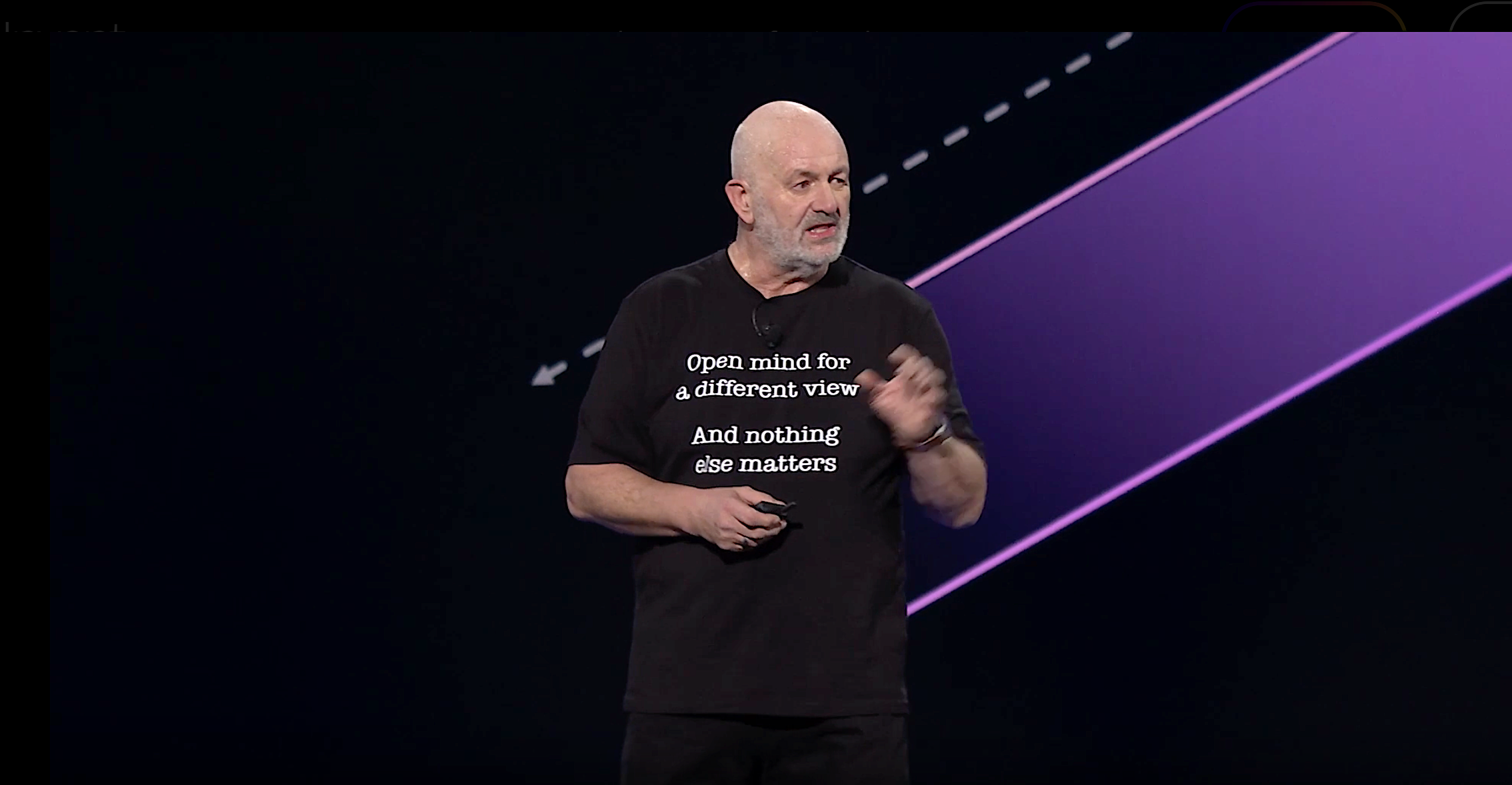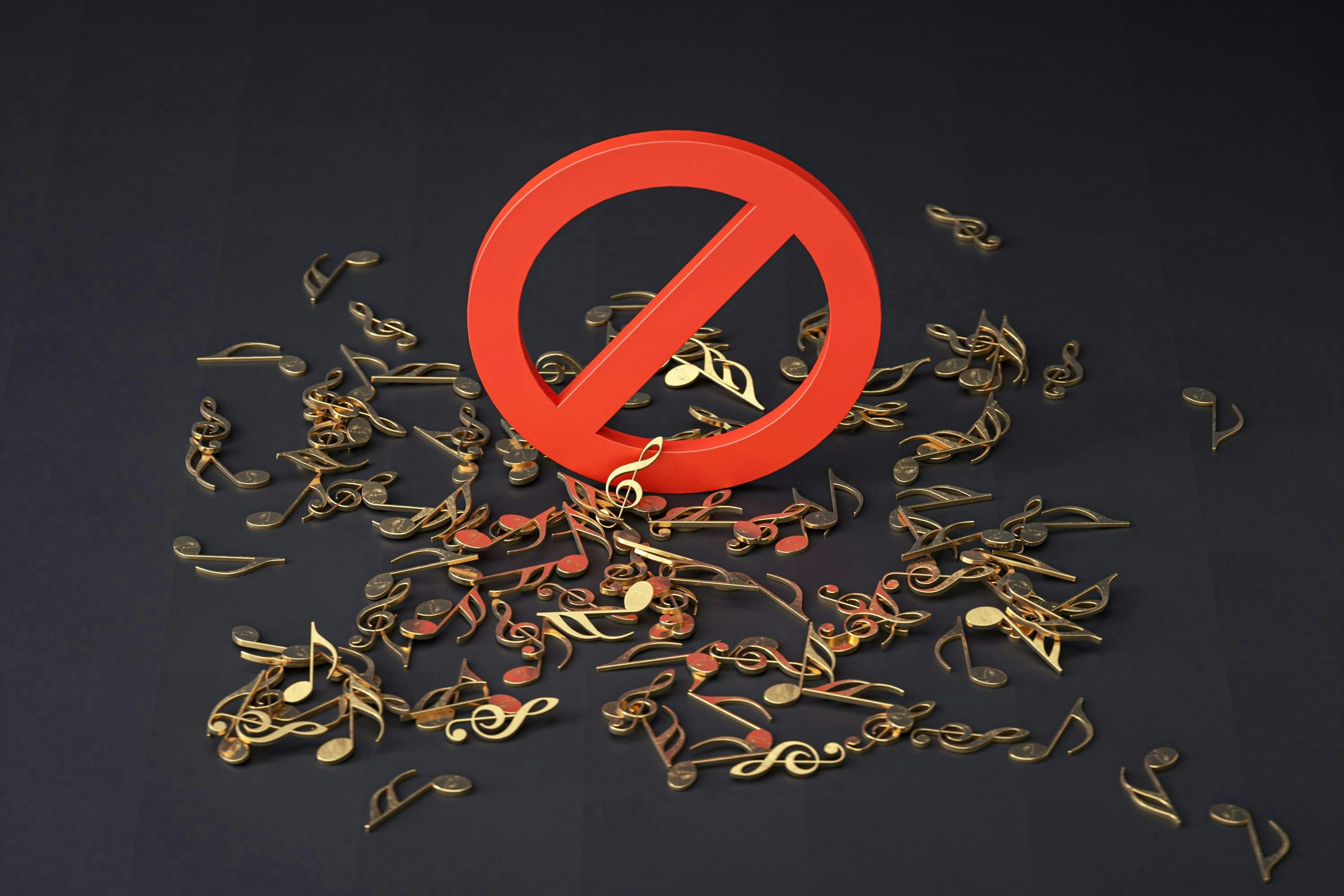Over the years, we’ve used hundreds of apps and services, some of which were more than mere tools—they were pockets of creativity and joy that we built our habits around. Many of these were apps and services from a golden era of experimental design. Several came at a time before the clutter, algorithms, and corporate sameness took over.
Sadly, not everything is built to last forever, and this is true even for those absolute gems. Many of them have been shut down, and I’m not just talking about Google or Microsoft apps that no longer exist. Looking back serves as a reminder of the good old days and what genuine creativity truly felt like.
Google Reader
Oct 7, 2005 – July 1, 2013
If you don’t know what an RSS feed is, you probably missed an era of the internet. Google Reader was at the center of this era when you could read only what you cared about without scrolling endlessly. This service made RSS feeds a daily ritual. You’d get a clean, fast stream of news, blogs, and discoveries that you had personally handpicked, ad-free. It had no algorithm dictating what was right for you and offered total control.
Google shutting it down was the beginning of the end of the era of the handcrafted web, and algorithmic timelines of Facebook and Twitter quickly filled the void. I miss its “unread” counter; honestly, the web has not felt as personal since.
Inbox by Gmail
May 28, 2015 – Apr 2, 2019
Google tried to fundamentally reinvent email, and that produced Inbox by Gmail. At the core of the service were automatic message groups called Bundles, with a goal of turning a chaotic feed into a neat dashboard. It was a hit—the inbox felt controllable. At that time, it came with revolutionary features: its “Snooze” and “Pin” were quality-of-life upgrades that are now part of Gmail.
Inbox by Gmail was very popular among power users but still was shut down by Google. Google framed this as a graduation to the primary Gmail platform necessary to prevent any overlap. The features live on today, but that initial shutdown felt like a funeral, and nothing has really recaptured the organization of Inbox by Gmail.
Windows Live Messenger
July 22, 1999 – April 8, 2013
In the early 2000s, long before we had the mobile messaging boom, we had MSN Messenger (later Windows Live Messenger). It was bundled with Windows and had a near monopoly on online friendships. It was how an entire generation socialized online. It had features like “nudge,” custom emoticons, and cryptic status messages that made the chatting experience fun and uniquely personal.
In 2013, Microsoft decided to merge Messenger into Skype following Microsoft’s $8.5 billion acquisition of Skype, and this signaled the end of the desktop-centric era. Windows Live Messenger was a classic. Modern apps are very functional, but none captures the aura and unique personal feeling of Messenger.
Google Play Music
November 16, 2011 – December 3, 2020
Google Play Music showed what balance between music ownership and streaming feels like. Thanks to its free “music locker” service, you could upload and stream up to 50,000 of your personal tracks. It was a dream for audiophiles who weren’t merely consuming but curating music. But then YouTube Music became the priority, and Google Play Music was shut down. This was a strategic move to shift focus to the ad-revenue model and massive catalog of YouTube, and it has inadvertently forced us into a more complex interface.
The personal library integration was flawless and complemented the clean design. What we actually lost when it was shut down was dedicated control over our music collection—a void the modern streaming world may never be able to fill. It has become one of the Google apps we say goodbye to.
Sunrise Calendar
February 2013 – August 31, 2016
Sunrise Calendar used to be the standard for mobile productivity before Google redesigned Google Calendar. It was the master of cross-platform synchronization and excelled at deep third-party integration (Gmail, Facebook, Exchange). This was a tool that was genuinely delightful, adding features like daily weather and attendee photos.
Sadly, shortly after it was acquired by Microsoft, it was shut down. It was an integral part of accelerating Outlook Mobile’s development and integrating sophisticated consumer features for Exchange users.
Even though Outlook absorbed it, its original consumer-centric focus—the soul of Sunrise Calendar—was lost. No major calendar has been able to reproduce the fluid and human scheduling of Sunrise.
Vine
January 24, 2013 – January 17, 2017
Before TikTok, YouTube Shorts, and Instagram, we had Vine, and it made short-form video cool. Who would’ve thought a 6-second looping constraint was such a great idea? The constraint forced creativity and high-level editing precision that ultimately gave rise to meme grammar that remains integral to modern digital content.
Vine was owned by Twitter, and it encouraged memorizing and quoting the best videos rather than endless scrolling.
Its downfall, however, was sluggish implementation of creator monetization tools and an inability to adapt to the modern vertical, full-screen video. Top talent started leaving Vine for YouTube and Instagram, where they had better revenue splits. Even though it’s long gone, those looping videos still live rent-free in our heads.
Weather Timeline
2014 – September 2018
Weather Timeline was a design masterclass that pioneered using a scrollable visual timeline and clean graphs. Android users were able to enjoy regular weather data transformed into an experience that was elegant and intuitive. It was indie craftsmanship outdoing billion-dollar teams.
When the developer, Sam Ruston, quietly pulled the app, he cited its growing cost of maintenance especially for complex third-party APIs.
However, after several years, we still don’t have anything that matches its simplicity and functionality. At least it stands as a reminder that brilliant design and consumer-centric utility are often the first casualties of scaling products.
Swype Keyboard
2009 – February 2018
Swype pioneered gesture-based input on mobile, making typing feel like an extension of thought. This was fundamental in allowing us to flow through words and turn text into muscle memory. It felt like magic.
However, its development started stagnating after Nuance acquired it in 2011. Google’s Gboard and SwiftKey copied the gesture and innovated faster. When they integrated directly into major ecosystems, it rendered Swype redundant. In 2018, when it was discontinued, it left behind a devoted fanbase. To date, we rarely get that level of user experience and satisfaction from any product.
Apps and services will come and go: which one’s next?
Even in 2015, there were tech services closing shop. It seems to be the nature of the industry. Innovation is fast, and there’s a fierce battle for adoption. Companies that secure funding and achieve rapid adoption may thrive.
But the sad question remains: what iconic app or service might we have to say goodbye to next?


















